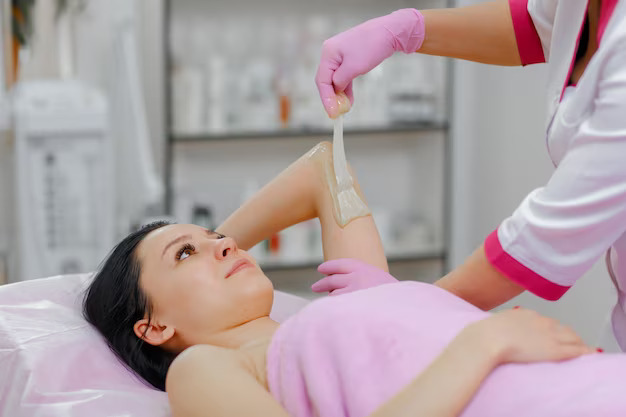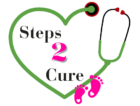Milia Removal
Milia are commonly present on the skin of individuals of all ages. These tiny cysts form when keratin, a substance produced by the skin, becomes trapped beneath the outer layer of the skin.
An individual milium (the singular form of milia) develops at the base of a hair follicle or sweat gland. Milia can be categorized as either primary or secondary. Primary milia originate directly from entrapped keratin and are often found on the faces of infants and adults. In contrast, secondary milia, although appearing similar, develop after the ducts leading to the skin surface are obstructed, typically following an injury, burn, or blistering of the skin.

Symptoms
Milia are small, dome-shaped bumps that are typically white or yellow in color. They are generally not accompanied by itching or pain, although some individuals may experience discomfort. Irritation and redness may occur if rough sheets or clothing come into contact with milia. These cysts are commonly found on the face, lips, eyelids, and cheeks. However, they may also appear on other parts of the body, such as the torso or genitalia.
When to access Medical Care
Medical care for milia removal may be necessary in the following situations:
Persistent or Large Milia: If milia persist over an extended period or if they are particularly large and do not resolve with home care, it’s advisable to seek medical attention.
Irritation or Discomfort: If milia become irritated, red, or painful, especially due to friction with clothing or bedding, a healthcare professional can provide guidance on appropriate treatment.
Uncertain Diagnosis: If there is uncertainty about the diagnosis of milia or if you are unsure whether the bumps are indeed milia, consulting a dermatologist for a proper diagnosis is recommended.
Cosmetic Concerns: In cases where milia are causing cosmetic concerns or affecting your self-esteem, a dermatologist can discuss potential treatment options to address them.
Underlying Skin Conditions: If milia are associated with underlying skin conditions or disorders, such as bullous pemphigoid or epidermolysis bullosa, medical care may be necessary to manage the primary condition.
It’s important to note that attempting to remove milia at home can lead to complications and should be avoided. A healthcare professional, typically a dermatologist, can assess the situation and recommend appropriate and safe removal methods if necessary.
Determinants of risk
Milia can occur in individuals of all ages, ethnicities, and genders. They are so prevalent in newborn babies, affecting up to 50% of them, that they are considered normal. Secondary milia may also develop in the affected skin of individuals with the following conditions:
- Blistering skin conditions like bullous pemphigoid, epidermolysis bullosa, and porphyria cutanea tarda.
- Burns.
- Blistering injuries to the skin, such as poison ivy.
- Following skin resurfacing procedures like dermabrasion or laser resurfacing.
While cysts are typically found on the face, lips, eyelids, and cheeks, they may also appear on other parts of the body, including the torso or genitalia.
Recovery process
Recovery duration varies, contingent on factors like patient characteristics, chosen procedure, and the extent of severity.
Why entrust your care to us?
At Steps 2 Cure, our foundation of trust is built upon several key pillars that ensure your confidence in our services and expertise. Our team comprises highly qualified professionals with extensive experience in their respective fields. Their knowledge and skills enable us to offer you the best possible care and solutions for your medical needs. We understand that each individual is unique, and so are their healthcare requirements.
That’s why we prioritize tailoring our treatments and approaches to your specific circumstances, ensuring that you receive care that is truly designed for you. You are at the heart of everything we do. Your comfort, concerns, and aspirations guide our efforts. Our compassionate approach ensures that you feel valued and supported throughout your healthcare experience.
To commence the treatment procedure, you can start by forwarding your questions via WhatsApp at (+91 9999652964) or by sending an email to care@steps2cure.com. Our team will ensure a swift response to your queries.
Still have a Query?
Your health and peace of mind matter to us, and we’re dedicated to addressing any inquiries you may have with care and expertise. Feel free to reach out.
Subscribe To Our Newsletter
Stay in touch with us to get latest news and special offers.

